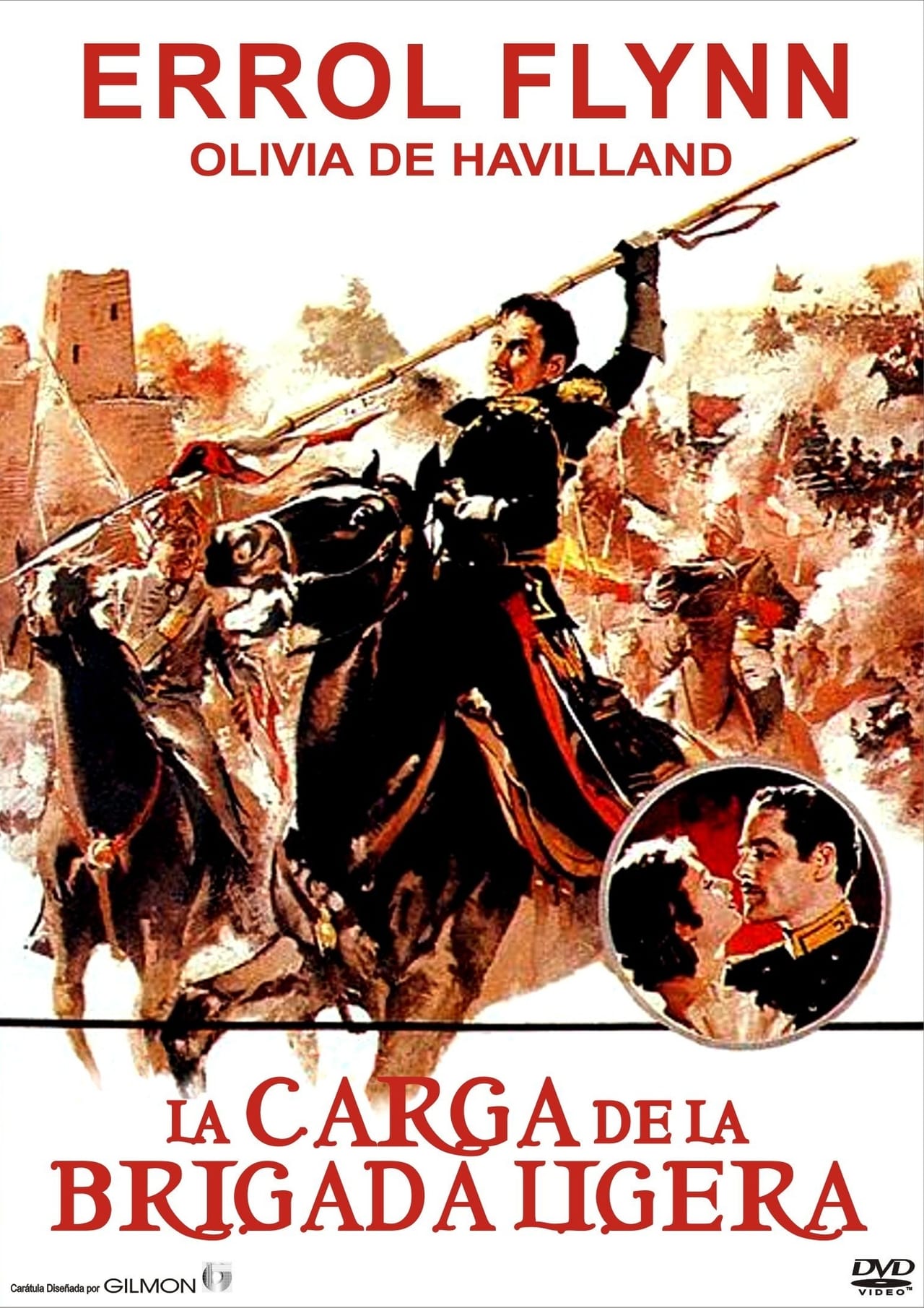
He is set up as the coloniser par excellence, who sees through devious plots but does not compromise on his integrity or ideals. Although Surat Khan promises friendship unhindered by the discontinued stipend, Vickers does not share his superior officer’s faith in his word. The contrast between the “masculine” rationality of the coloniser – reflected most strongly in Geoffrey Vickers (played by Flynn) – and the wanton cruelty of the tribal ruler is established in the opening sequences, which are set in Suristan: first inside the palace and then on a hunting excursion. The racial positioning of the film, as one might expect, is fraught throughout. Peele wrote to Brooke Wilkinson of the British Board of Film Censors that it would be a “wise precaution” to have geographical references to Suristan removed for the Indian version of the film, and to subtly suggest that the action is set in Central Asia and not at the North-West Frontier, seemingly missing the point of the pan-Islamic movement. Peele and Lumby did not see this racial slur as cause for concern. Calling for Islamic unity at this “internationalist moment”, the Star declared that “the duty of Muslims, wherever they are,’ was ‘to put their shoulders together and devise some means to defeat the designs of imperialism”. Starting in April 1936 the Arab revolt in Palestine had gained momentum and their anti-imperialist stand against the British found echoes in the pages of the pro-Muslim League newspaper Star of India. Play The Charge of the Light Brigade (1936). When the film was being distributed internationally, the Government of India was alarmed at the possibility of offending Muslim sentiments with the thinly veiled representation of Afghanistan, and the name “Suristan”, which they felt could only be interpreted as “land of the swine”. Trouble begins as the disaffected Khan retaliates by courting Count Igor Volonoff, a representative of the Czar. The tribal population of this region answer to Surat Khan, an English educated Amir, who, at the beginning of the film is stripped of an annual stipend of £1,50,000 upon the death of his father, the old king. In Hollywood’s reimagined cartography of mid-19th century South Asia, under the sway of the East India Company, a kingdom named Suristan appears at the North-West Frontier. But why did the censor board get involved? The film, titled The Charge of the Light Brigade after Alfred Lord Tennyson’s canonised poem (pun unintended) and directed by Michael Curtiz, is a historical action/romance set in India in the years leading up to the First War of Independence. It was the second of eight films to star the legendary pairing of Olivia de Havilland – just turned 20 – and Errol Flynn, sporting his trademark pencil moustache for the first time on the silver screen.

In the winter of 1936, a dispatch from the British Board of Film Censors requested two officers posted in Bengal, RT Peel (who served as Secretary to the Public and Judicial Departments) and Colonel Lumby (an expert on military intelligence), to review a Warner Bros film that was released two months previously in the USA. Legend says prince Siddhartha Gautam saved a sarus crane.Watch, Athletics World Championships: Neeraj Chopra’s throw that won India its first gold medal.UP teacher case: Several Twitter users say their posts are blocked in India due to ‘legal demand’.


India’s humble ceiling fan is a hidden catalyst in the country’s energy transition.View from Dawn: Success of Chandrayaan-3 should inspire Pakistan’s brightest to reach for the stars.


 0 kommentar(er)
0 kommentar(er)
